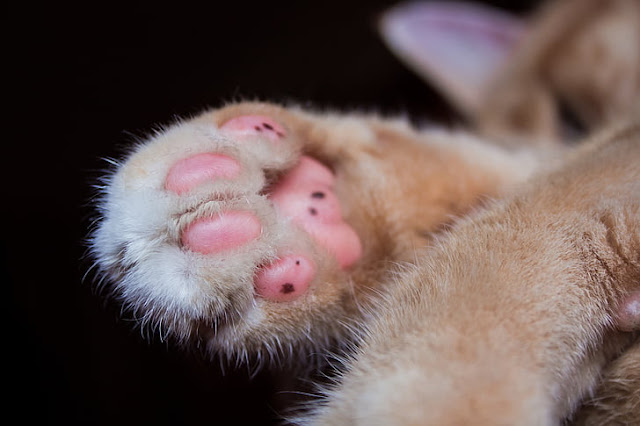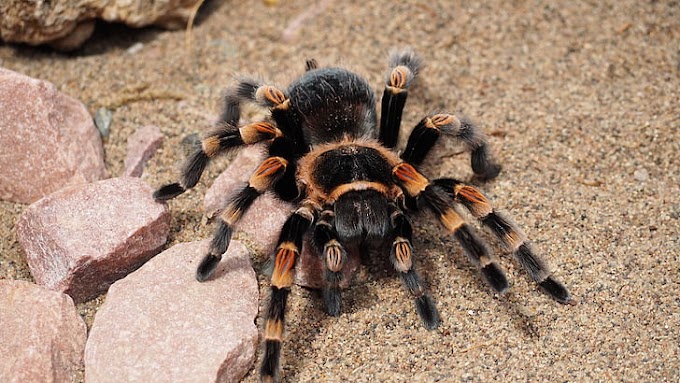Introduction
Welcome to our blog post on the carpal pad, an intriguing feature found in the paws of cats. We will examine the anatomy, purpose, and significance of the carpal pad in this article.We will also provide valuable insights into how to care for this unique feline structure.
What is the Carpal Pad?
The carpal pad, also known as the stopper pad or wrist pad, is a small, thickened pad located on the underside of a cat's paw. It is positioned just above the dewclaw and behind the main paw pads. This specialized pad serves various purposes and plays a vital role in a cat's overall mobility.
Anatomy of the Carpal Pad
The carpal pad is composed of dense, tough, and flexible tissue, enabling it to withstand significant pressure and friction. The epidermis, dermis, and subcutaneous tissue are a few of the various layers that make up this structure. Beneath these layers, there are sensory nerves and blood vessels that contribute to the pad's functionality.
Function of the Carpal Pad
The primary function of the carpal pad is to provide traction and stability during locomotion. When a cat walks or runs, the carpal pad makes contact with the ground, enhancing grip and preventing slippage. It serves as a natural shock absorber, softening the blow to the front legs' ligaments and joints.
Importance of the Carpal Pad
The carpal pad is a critical anatomical feature for feline agility and balance. Cats rely on their carpal pads to maintain traction while climbing, hunting, and exploring various terrains. Without the carpal pad, a cat's ability to navigate and maneuver effectively would be compromised.
Common Issues with the Carpal Pad
While the carpal pad is a resilient structure, it can be susceptible to certain problems. Some cats may develop calluses or corns on their carpal pads, which can cause discomfort and pain. In rare cases, carpal pad injuries or infections may occur, requiring veterinary attention.
How to Care for the Carpal Pad
Caring for your cat's carpal pads is essential to ensure their optimal function and well-being. Regular inspection of the pads can help detect any abnormalities or signs of injury.Use a moist towel to gently wipe the pads to keep them clean. Avoid using harsh chemicals or excessive pressure, as this may damage the delicate pad tissues.
Tips for Maintaining Healthy Carpal Pads
Provide appropriate scratching surfaces and posts to prevent excessive wear on the carpal pads.
Keep your cat's nails trimmed to reduce the risk of scratching and injuring the carpal pads.
Ensure your cat's environment is free from sharp objects or surfaces that could cause damage to the carpal pads.
Maintain a healthy weight for your cat to minimize stress on the carpal pads and joints.
Regularly check your cat's overall paw health, including the carpal pads, during grooming sessions.

Conclusion
The carpal pad is a remarkable feature that distinguishes cats and plays a crucial role in their mobility. Understanding its anatomy, function, and importance allows us to provide the necessary care for our feline friends. By implementing the tips mentioned in this article, you can help maintain the health and well-being of your cat's carpal pads.
FAQs
Q: Can cats feel pain if there's an issue with their carpal pads?
A: Yes, cats can experience pain and discomfort if there are problems with their carpal pads. It's important to monitor their paw health and seek veterinary care if necessary.
Q: Are carpal pad injuries common in outdoor cats?
A: Carpal pad injuries are relatively uncommon but can occur in outdoor cats due to encounters with rough or abrasive surfaces.
Q: Can I apply any ointments or creams on my cat's carpal pads?
A: It's best to consult with a veterinarian before applying any ointments or creams to your cat's carpal pads. They can provide appropriate guidance based on your cat's specific needs.
Q: How often should I inspect my cat's carpal pads?
A: Regularly check your cat's carpal pads during grooming sessions or when you notice any signs of discomfort. This can help you identify any issues early on.
Q: Do carpal pads serve any purpose for domestic cats who primarily live indoors?
A: Yes, even indoor cats can benefit from the carpal pads' traction and stability when engaging in play or climbing activities.





.jpg)

.jpg)

